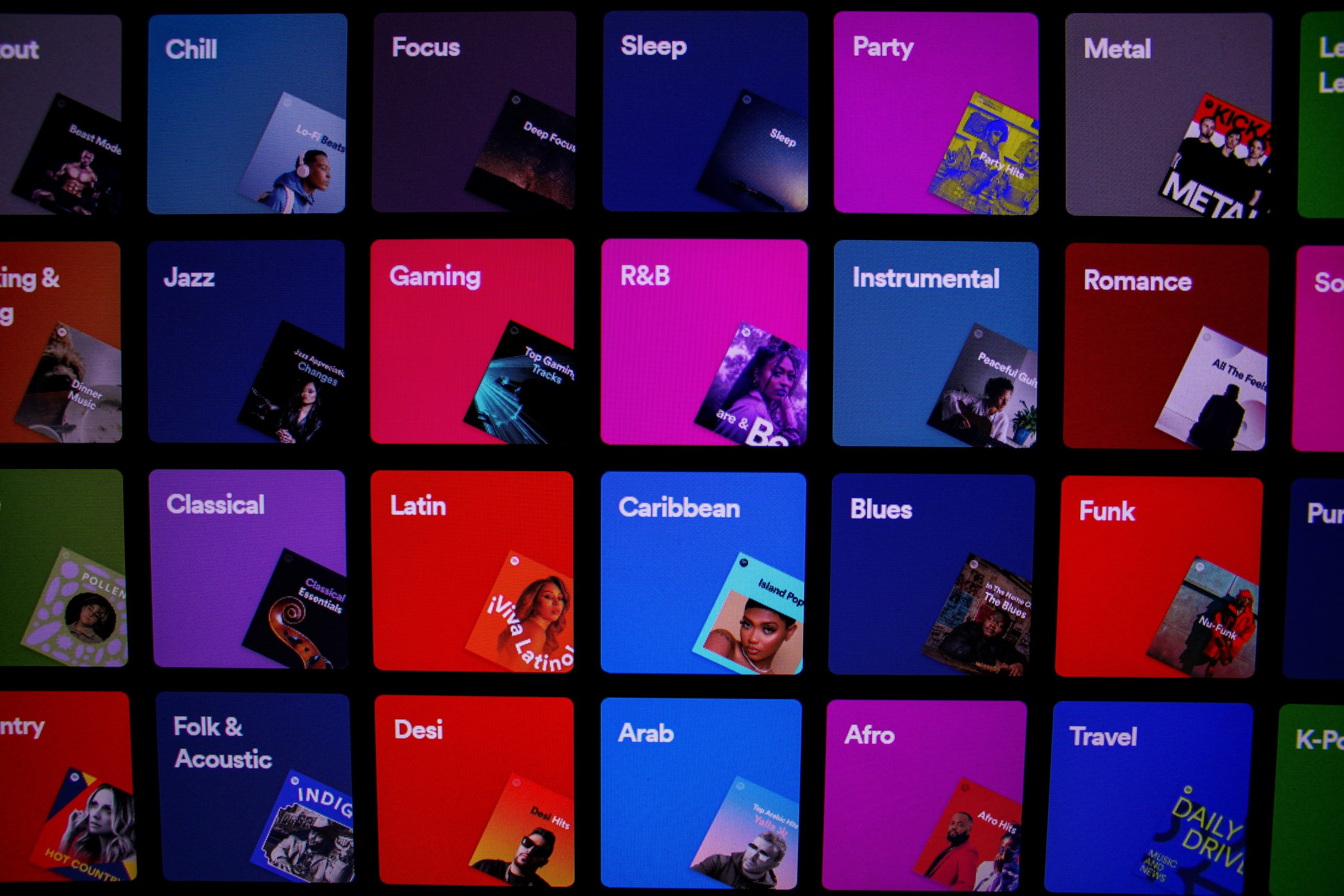Too Soon to Succeed: How MP3.com became the social media platform that time forgot
Spotify’s CEO recently announced in a CBS interview that the app’s new changes will, as he put it, make Spotify “come alive.” In the interview, Daniel Ek promised Gayle King that their new TikTok-like platform will provide greater personalized content and increased interaction between artists and fans.
Watching music distribution change has been entertaining, to say the least. In the late 90s, upstart music websites clashed with legacy record labels and provided enough drama to fill a McMillions-style mini-series. One website comes to mind. An ambitious startup provided musicians with much control over distribution and fan engagement to the extent that I’m certain no company would ever allow that again. Sure, it didn’t have Spotify’s slick design, but it gave musicians power.
The emergence of the internet and subsequent proliferation of freely available MP3 files on Napster were met by record labels with confusion, resistance, and litigation. However, Napster was only the first crack in the ice. Another site was emerging, one that had little to no regard for the existing infrastructure of the music business. Things were changing rapidly, even for artists who were not signed by a record label. Everything was new and unprecedented. It seemed that, in some cases, the rules no longer applied. Power began oscillating between the artist and the machine that was the music business.
 Uncertain Times
Uncertain Times
Perhaps the uncertainty of the times is best articulated through metaphor: Imagine it’s the late 90s, and you decide to go on a road trip to a place you’ve never been. Since it’s cross-country and you don’t own a GPS, you need a map (remember, it’s the 90s). No problem. You can pick up a map when you gas up your Honda CRX at Texaco. Maybe you buy one of those travel books like Frommer’s.
Now imagine driving a great distance only to realize that something is off about the map you purchased. It’s out of date. Almost everything has changed. Side streets are now highways. Highways don’t connect as you expected. And nothing looks like the pictures in the book.
This is what it was like navigating the music business as an independent artist in the late 90s and early 00s. As soon as I learned how the music industry worked, it changed.
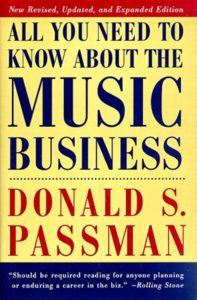
Remember, there were no widely-available platforms from which an individual could launch a successful music career. At least not like the ones we have with today’s social media. Record labels wielded an inordinate amount of power. As a result, artists tried to be more proactive in learning about the contracts they were being asked to sign. Bands were devouring the book, All You Need to Know About the Music Business by Donald Passman. At the time, it was the musician’s bible. It’s how artists became acquainted with recording and publishing deals. Thanks to the book, bands could look up how much a manager’s cut should be, what “sync licenses” were, and so forth.
I consumed the book. My edition, however, did not say anything about using the internet to distribute your music. It wasn’t a thing yet.
As soon as I learned how the music industry worked, it changed.
Adam Zuniga
The Trouble With Being First
Long before social media and streaming services, one platform became something of a “firstborn child” of online independent music distribution, a precursor to almost everything we do today. It’s a platform that many have forgotten about, and it was the start of everything.
Several startups tried to conceptualize a platform for music discovery and “music on demand,” as it was then called. It was no secret that the word “mp3” was one of the most searched-for terms. With the advent of the internet, people could easily share music online. Traditional record labels were struggling to adapt. That’s when a startup called MP3.com burst onto the scene and changed the music industry forever.
Founded in 1997 by Michael Robertson, MP3.com was one of the first websites to offer free music downloads to the masses.
Robertson was no stranger to the dot-com startup frenzy of the times. He discovered the popularity of the search term and bought the domain name. Neither Robertson nor the domain’s original owner knew what “mp3” was at first. Nevertheless, the domain cost Robertson a mere $1000.
Robertson launched the site in 1997. The site’s tagline was “The Future of Music,” and it seemed to live up to that promise. MP3.com quickly became a go-to destination for music fans looking for the latest and greatest in independent music.
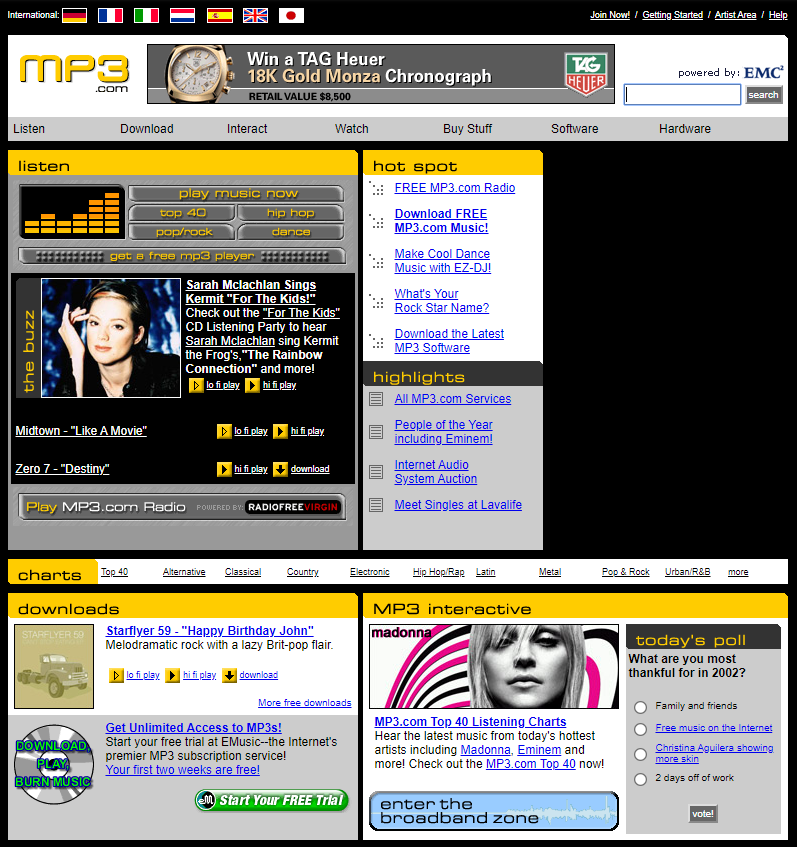 More Than Just a Download Site
More Than Just a Download Site
MP3.com was more than a music download site, though. It was also a social network for musicians and fans. Artists could create profiles on the site, upload their music, and connect with fans. Fans, in turn, could discover new music, leave comments and ratings, and even purchase CDs directly from the artists. To participate in the site, artists only had to provide at least one song free to download.
Despite being a free service, it offered something that seemed like an ABSOLUTE GAME-CHANGER for the time. Artists could offer a digital automatic music (DAM) CD, complete with cover art, playlist, songs, and price set by the artist. Artists could sell CDs on demand! They only made the CD if someone ordered it. No upfront costs. It even came shrink-wrapped.
For me, MP3.com was the platform I had been waiting for. I didn’t have to wait for a record label to distribute my music. I could tap into the site’s heavy traffic and establish an artist profile there. Listeners could email me directly, and I could add their email addresses to my own email list. There was virtually no barrier or middleman to interfere with conducting business.
This could never happen today. I don’t know the names and email addresses of my listeners on Spotify or Apple Music. Even Bandsintown keeps such information from the artist, despite advocating the use of their “subscribe” button to help fans learn of upcoming shows. I’ll never know who the fans are on those platforms and how they heard about me.
Thanks to MP3.com’s features, I instantly found an audience through the site. I was a recording artist with my own CDs, downloads, artist profile, and access to my listeners. As I said, it was a lot of power. The attention was the sort of encouragement that kept me recording. MP3.com is also how Moderngroove Entertainment found me, which lead to a licensing deal for a Sony Playstation title in development at that time.
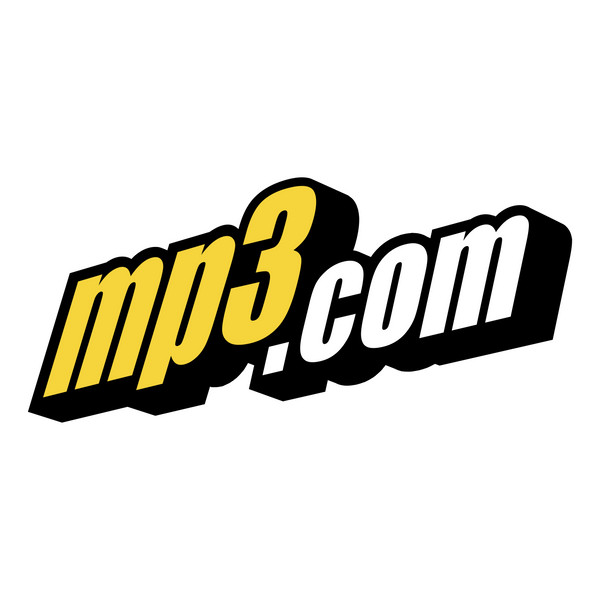
The First-Born Child of Music Streaming
I like to think of the service as the “first-born child” of music streaming. First, just like a “first-born” child, its parents made all the mistakes of inexperienced, first-time parents. Second, because it was conceived in the passion of the moment (the dot-com gold rush), it could only produce a union of existing technologies.
The company did not have many technical innovations to speak of. They took technologies that existed separately and brought them together. It’s one of the reasons Steven Tuen, then Director of Research at IPO Value Monitor, once tried to explain to early investors that they “need to understand that MP3.com does not own the technology. They – along with everyone else – just use it.”
That warning fell on deaf ears. The company went public on July 21, 1999, with an initial public offering (IPO) that raised $344 million and gave the company a valuation of over $1.4 billion.
The IPO was considered a huge success. The company’s stock price rose by more than 250% on the first day of trading, making many of the company’s early investors and employees very wealthy. However, the success was short-lived.
In 2000, MP3.com was sued by major record labels for copyright infringement, as the site allowed users to upload and share copyrighted music without permission. MP3.com eventually settled the lawsuit, which severely damaged the company’s finances.
Man, people always ruin a good thing.

Dot-com Trouble
After the settlement, MP3.com changed its focus to become a streaming music service, MyMP3.com, which allowed users to store their music in a virtual locker and access it from any device.
The now infamous dot-com bubble burst in 2000, causing many internet companies to lose value and go bankrupt. MP3.com was eventually acquired by Vivendi Universal in 2001 at a significant discount from its previous valuation.
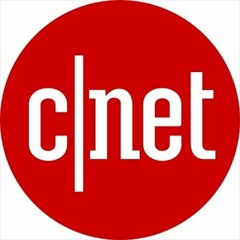
Despite these changes, the company ultimately failed to capitalize on the streaming music market and was eventually acquired by CNET in 2003. Unsurprisingly, CNET shut down the website and redirected users to its own music service, CNET Music. Boy, did that suck.
Today
Today, MP3.com is remembered as one of the first online music services to offer free downloads of music. It was started by an outsider to the music industry. It gave its users a platform. For me, it demonstrated that I could find an audience on my own, independent of the usual channels of distribution.
Despite the imperfect ways in which the early internet facilitated music distribution, and the resistance record labels placed on new technologies, being “unsigned” no longer meant remaining “unknown” to the world.

Sources:
MP3.com Sued By Dylan, Joel, Taylor
MP3.COM SPINS NEW IPO SUCCESS STORY
MP3.com founder discusses his business – Feb. 28, 2000
MP3.COM’S PAYBACK TIME : HITS Daily Double
Michael Robertson: Is the MP3.com Domain Name Worth Millions?

